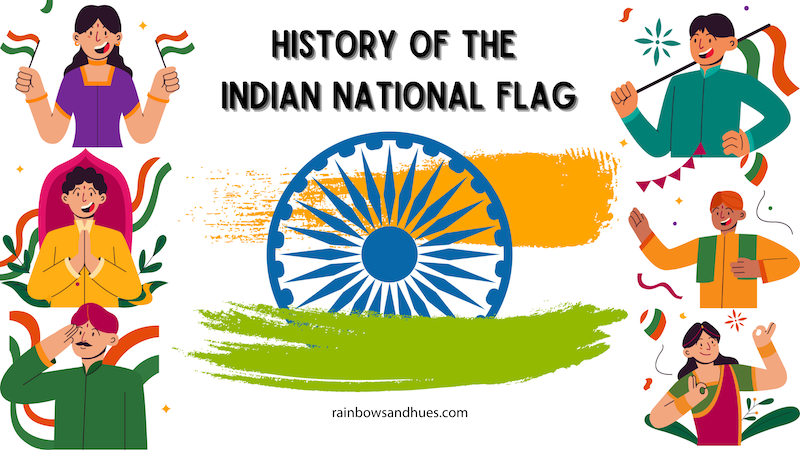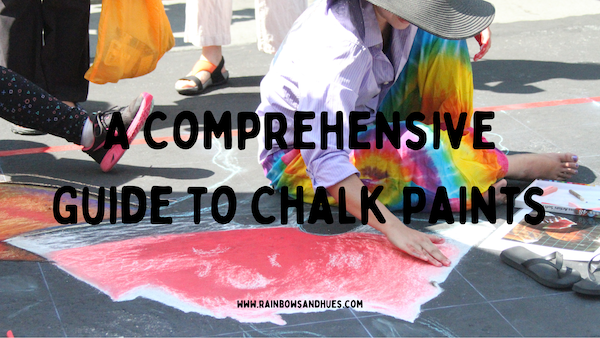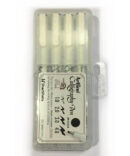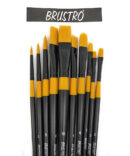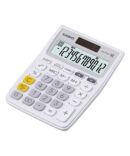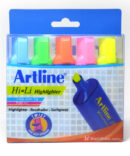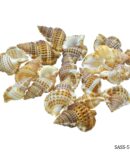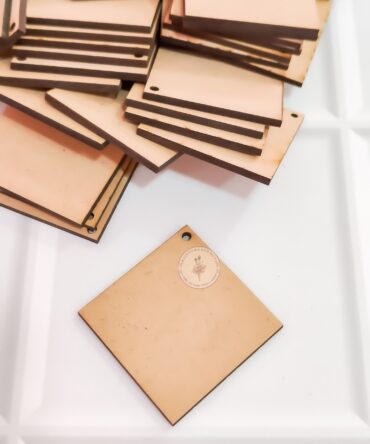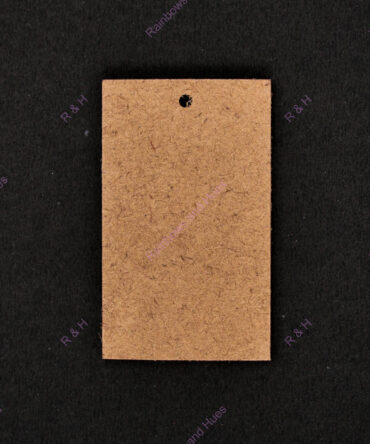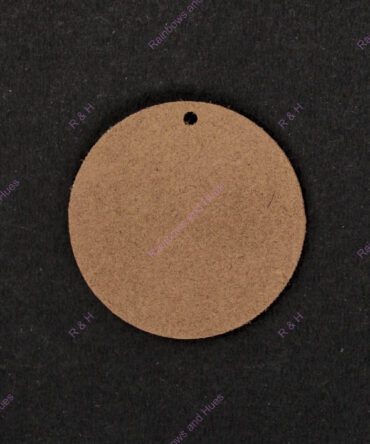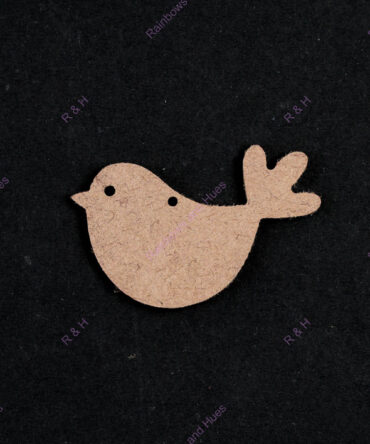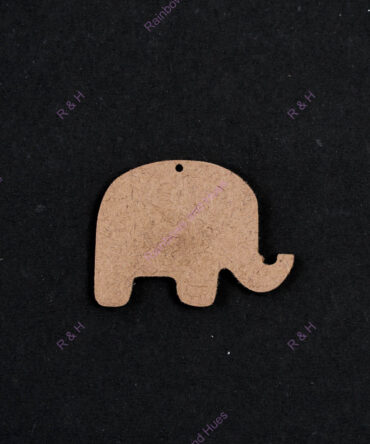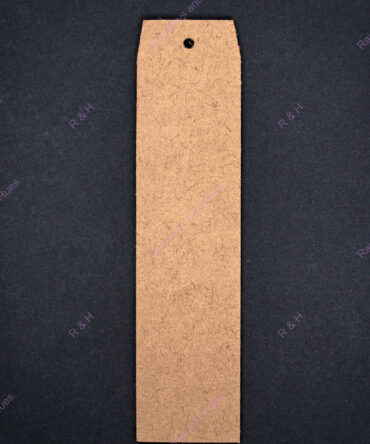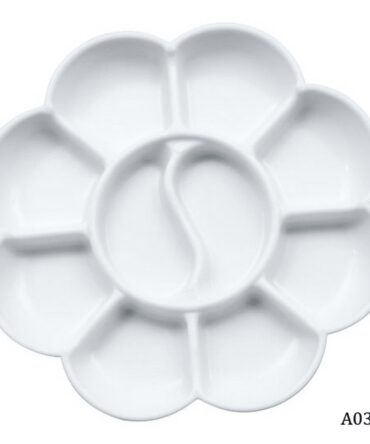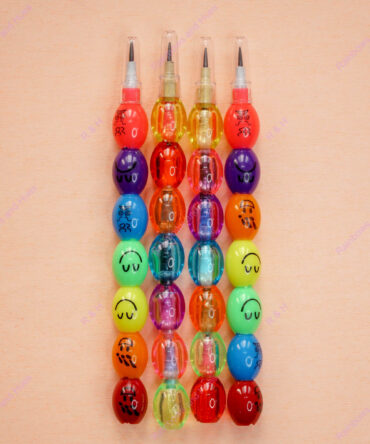Did you know that the national flag that we know today has not looked this way always? Yes, India gained independence on August 15, 1947 and our constitution was formed on January 26, 1951 but the national flag had been in making since a while.
Before we get to the past, let’s learn a few things about the Indian National Flag that we know and love so much. The tricolour or the tiranga, has four colours – deep saffron, white, dark green, and blue.
The colour saffron represents courage & sacrifice, white represents truth, purity & peace, and the colour green prosperity. The Ashok Chakra represents the Law of Dharma. The spokes of the Ashok Chakra represent by Buddha and paṭiccasamuppāda.
Also Read: Artist Spotlight: Claude Monet
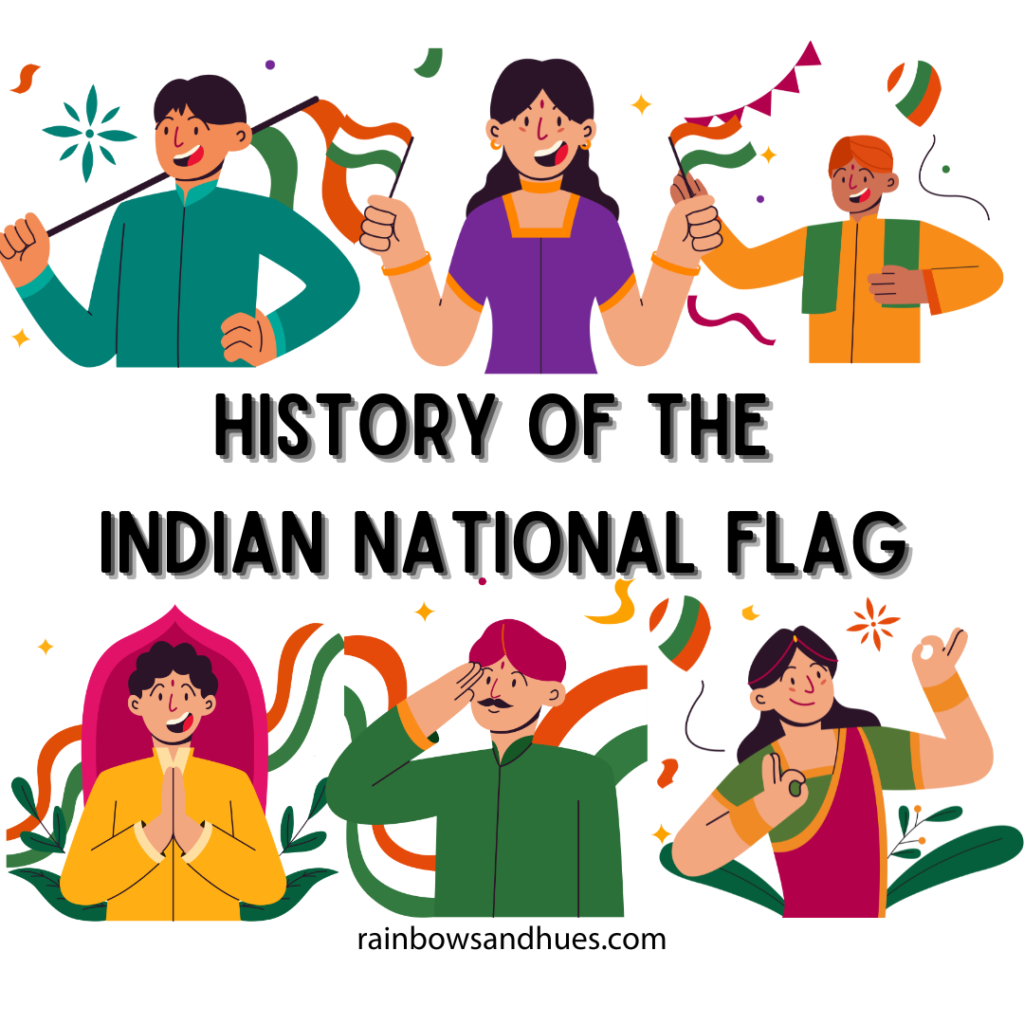
Back in 1921, Pingali Venkayya, an University professor had presented Mahatma Gandhi with the design of a flag in which he had included the colours of the two main religions in the country back then – red representing Hindus and green representing Muslims. It was Lala Hans Raj Sondhi who gave the suggestion to add the spinning wheel which was a direct link with Gandhiji’s crusade to make Indians self-reliant as he wanted the countrymen to create their own fibres.
Also Read: The Art of Making Kites
Later, Gandhiji added the white section between the two colours to represent the other religious communities of the country and the spinning wheel was placed in its center. It became the Congress flag and was carried by thousands of people at a peaceful protest at Nagpur in 1923. The flag went on to be formally recognised as the party flag at the annual party meeting in 1931. It was at this time that the colour red was modified to deep saffron.

The flag as we know it now was adopted on July 22, 1947. It is a horizontal triband of India saffron, white, and India green; charged with a navy blue wheel with 24 spokes in the centre.
What Is The Correct Way To Fold & Store The Indian National Flag?
The flag must be placed on a flat surface horizontally. The saffron and green sections need to be folded inside so they are parallel to and under the white section. Then the white band is folded from both side in a manner that the Ashok Chakra is on the top and the flag is a small square. The pic below from Ministry of Culture, GoI shows exactly how it is to be done. Every Indian national must follow the process if handling the national flag.
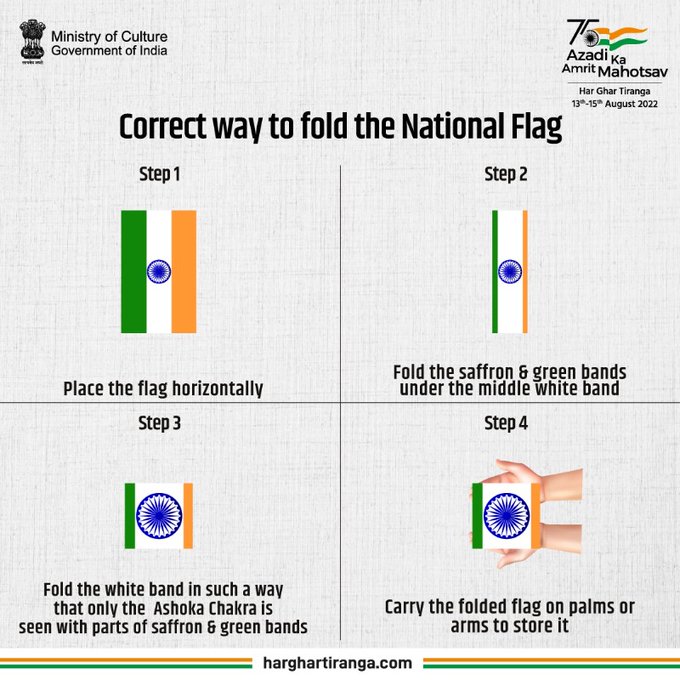
The national flag is pride of our nation and must be handled with utmost care and respect.
***
Hop over to our website www.rainbowsandhues.com to buy premium quality paintbrushes and colors! Follow @rainbowsandhues on Instagram to get regular information on new products and deals!

